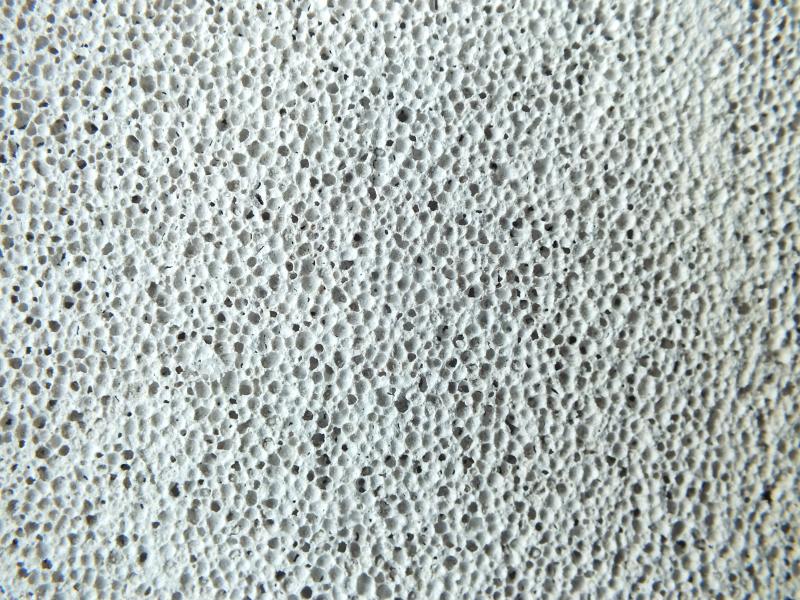How to Resolve the RAAC Crisis
Sep 05 2023
The RAAC Crisis
Buildings all over the country, particularly schools and hospitals have issued concerns over their structural building components. RAAC (Reinforced autoclaved aerated concrete) is the topic of the concern as many of these buildings were constructed using this material.
What is RAAC?
RAAC is a lightweight material used for walls, roofing and flooring during the post war period up until 1990. It was increasingly popular between the 1950s and 1970s due to is production costs and simplicity to make. RAAC was used to help build hundreds of buildings such as schools and hospitals all around the UK.
RAAC is created from a combination of cement, lime and aeration agent. It is a cheaper alternative to universal concrete, swifter to produce and easier to install, its aerated meaning its bubbly, similar to an aero chocolate bar. Its structural performance is drastically dissimilar from traditional reinforced concrete, one of the biggest factors is that its less durable.
Overall, the way in which RAAC is created explains that it is a weaker material than traditional concrete. In fact, the material is only intended to last 30 years which is why so many buildings around the UK are checking for it.
RAAC Risks with Safety
When used for flat roofing, the RAAC frequently gets layered with materials such as bitumen roofing felt which can overtime fail allowing the RAAC units to be exposed to moisture. The moisture permeates into the pervious material exposing the embedded mild steel reinforcement to corrosive forces and causing the concrete to fail.
Most of the building build using RAAC are long past their functional life expectancy and without proper maintenance it is possible for the RAAC units to collapse without warning.
The Standing Committee on Structural Safety (SCOSS) flagged the issue for RAAC material not being safe back in 2019. RAAC becomes highly dangerous when unmanaged and unmonitored.
Monitoring
It is critical that all buildings suspected of containing RAAC panels are surveyed without delay. A register should be introduced identifying any areas where RAAC has been used so they can be properly monitored.
How we can fix RAAC
Concrete Renovations Ltd can provide the necessary services for surveying and if necessary, repairing your building.
Some of the repairs you may need are as follows.
Replacement of the RAAC units – The removal of the RAAC units and replace with stronger, more durable materials.
Carbon fibre plating reinforcement – A medium term solution is to introduce additional Carbon fibre plating to reinforce the structure and strengthen the concrete. The material is very lightweight and easy to install, corrosion resistant, cost effective and provides a medium-term maintenance-free solution in some circumstances.
Structural steel reinforcement – The introduction of new steel beams between existing columns and beams to support the RAAC units if they are undamaged and permanently dry.
Advice
For an initial consultation, please contact our technical support team at Concrete Renovations Ltd

